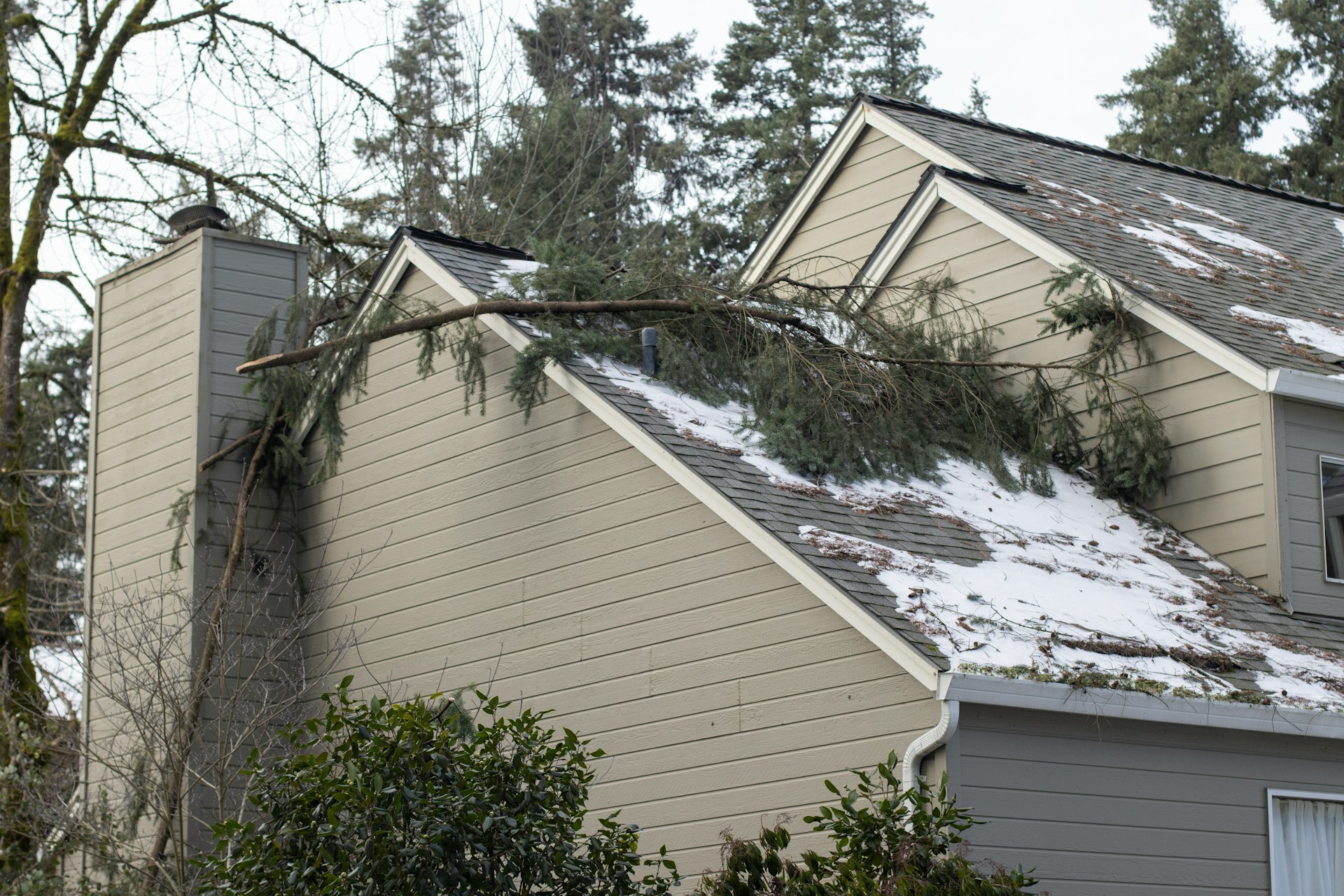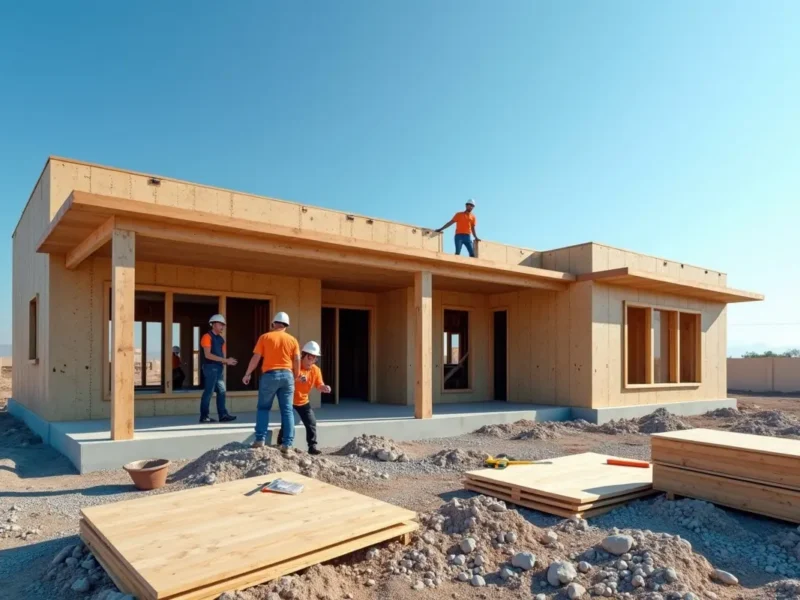When a storm’s headed your way, you don’t want to be scrambling. You want to feel confident that your home is ready to face whatever comes. Whether it’s hurricane winds, flying debris, or heavy flooding, preparing your home properly can mean the difference between safety and serious damage.
Let’s get into how to make your home a true fortress, starting with a powerful defense you can’t afford to skip.
Hurricane Impact Doors Are a Game-Changer
When storms hit hard, doors are often one of the first weak points to fail. Standard doors can buckle under pressure or blow open entirely, letting in wind, rain, and debris. That’s where hurricane impact doors come in.
These are no ordinary doors. They’re built with layers of heavy-duty materials like laminated glass and reinforced frames. They’re tested to withstand high-velocity impacts and extreme pressure changes. In other words, they don’t just keep water out, they help prevent catastrophic structural damage from wind entering your home.
Here’s what makes them so effective:
Shatter resistance – The glass is designed not to break into sharp shards, reducing injury risks.
Stronger seals – Keeps water from creeping in, even under strong pressure.
Wind pressure protection – Prevents pressure buildup inside your home that can blow off the roof.
Long-term durability – Designed to last through many seasons, not just one storm.
Installing hurricane impact doors is a solid step, especially if you live in a high-risk area. But they work best as part of a larger system of protection.
Windows Need Reinforcement Too
After the doors, windows are next in line for storm damage. A single broken window can lead to water damage, mold, and structural issues. Worse, a shattered window opens the door (literally) for intense pressure changes that compromise your entire home’s integrity.
There are a few smart ways to protect your windows:
Impact-resistant windows – Built like hurricane doors, these windows are designed to resist shattering and withstand strong forces.
Storm shutters – If new windows aren’t an option, shutters are a great backup. Make sure they’re rated for high winds and easy to deploy when a storm’s coming.
Window film – A thin layer of laminate won’t stop impact, but it can keep glass from flying everywhere if it breaks.
Whichever method you go for, your goal is simple—keep the barrier sealed and the interior safe.
Roofs Take a Beating—Is Yours Ready?
Your roof is your home’s first shield against the elements. If it goes, everything inside is at risk. Strong winds can rip shingles right off, and once the waterproof layer is exposed, leaks aren’t far behind.
There are some key upgrades that can make a big difference:
Roof strapping – Metal straps that connect the roof more securely to the walls of your home, helping prevent lift-off.
Roofing material – Asphalt shingles can work well, but make sure they’re rated for wind resistance. Some metal roofing options are even stronger.
Water barrier underlayment – Even if shingles fly off, this layer can prevent water from seeping in immediately.
Have a roofing contractor inspect your home regularly. It’s a good idea to check for loose shingles, cracked flashing, and soft spots. The time to fix them is before a storm, not after.
Don’t Forget the Garage Door
Garage doors are often overlooked, but they’re a common failure point in big storms. A weak or unbraced garage door can collapse inward under pressure, allowing wind to rush in and cause serious structural damage.
What should you be looking for?
Reinforced garage doors – These are designed to handle high wind loads and resist bending or bowing.
Garage door bracing kits – If a new door isn’t in the budget, bracing kits add vertical supports to strengthen your existing setup.
Tight weather seals – These help keep water and debris from blowing in around the edges.
Securing your garage door isn’t just about protecting your car or tools. It’s a critical part of keeping your whole house intact during a storm.
Drainage and Landscaping Matter More Than You Think
Not all storm damage comes from wind. Water is a major threat too, and a poorly planned yard can make things worse. If rainwater pools around your home or backs up into the foundation, you could be dealing with long-term damage long after the skies clear.
Take a look at your property with these fixes in mind:
Gutter systems – Clean them regularly and make sure downspouts direct water away from your home.
French drains – These underground drains help pull water away from key areas, especially near the foundation.
Grading – Your yard should slope away from your home. If water tends to settle near the base, regrading may be needed.
Permeable surfaces – Consider swapping concrete for gravel or permeable pavers to let water soak in naturally.
Proper drainage is quiet protection. It doesn’t look like much, but when the rain comes hard, you’ll be glad you have it sorted.
Extra Prep: Don’t Skip These Steps
These smaller moves don’t get much attention, but they can make a big difference when the wind picks up or the power goes out:
Seal gaps and cracks – Look for weak spots around doors, windows, and pipes. Caulking and weatherstripping can stop wind and rain from sneaking in.
Anchor outdoor items – Patio furniture, grills, even planters should be secured or moved inside. Flying debris causes more damage than people realize.
Backup power – Generators, battery backups, or solar systems can keep critical systems running if the grid fails.
Emergency supplies – Stock up with essentials like water, food, batteries, and a first aid kit. Make sure flashlights are charged and ready.
Each of these steps adds another layer of defense. And when you’re dealing with nature’s worst, every layer counts.
Turn Your Home Into a Stronghold
Storms aren’t slowing down. With extreme weather becoming more common, preparing your home isn’t just a nice idea, it’s a necessity. Think of your home as a system—doors, windows, roof, garage, yard. Every part plays a role.
Start with the biggest vulnerabilities first. Hurricane impact doors and reinforced windows are excellent investments. From there, shore up your roof, protect your garage, and make sure your drainage can keep up. Even the smallest fixes can help protect what matters most.
Waiting until a storm is on the radar is too late. Now’s the time to turn your home into a place that doesn’t just survive a storm—it stands up to it.



